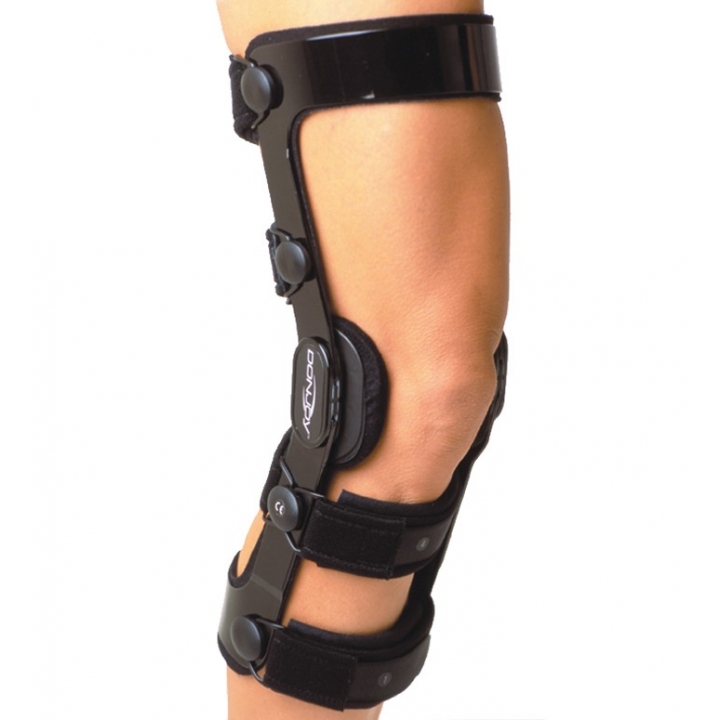Uncategorized
MANAGING ACL INJURY
Your options for managing your ACL injury depend on several factors, including how severe the injury is and your lifestyle. Minor sprains may just need rest and home care, while ruptures almost always require surgery to repair.
Here are some of the most common treatments:
RICE: Rest, ice, compression and elevation may be enough for minor ACL injuries. Applying ice, wrapping the knee with an elastic wrap and keeping it elevated all help reduce swelling. Ice can help reduce both swelling and pain.
Medications: Anti-inflammatory medications available over the counter or by prescription can help relieve swelling and pain. Your doctor may recommend a cortisone injection to ease severe inflammation, but cortisone will not restore stability to the knee.
Bracing: A knee brace can help provide support to an injured ACL while it heals. Moderate-support braces may be enough for everyday activities, while runners and athletes may need greater support for their sports.
Physical Therapy: As your ACL heals, physical therapy can help strengthen the muscles around your knee joint and restore mobility and range of motion.
Surgery: Surgery may be required if your ACL has ruptured or is severely injured, especially if you are an athlete. The surgeon will remove the damaged ACL and reconstruct it with tissue to help promote new ligament growth. Recovery may include a series of braces along with physical therapy.
Individual results may vary. Sportsbraces nor any of its subsidiaries dispense medical advice. The contents of this document do not constitute medical advice. Rather, please consult your healthcare professional for information on the courses of treatment, if any, which may be appropriate for you.

